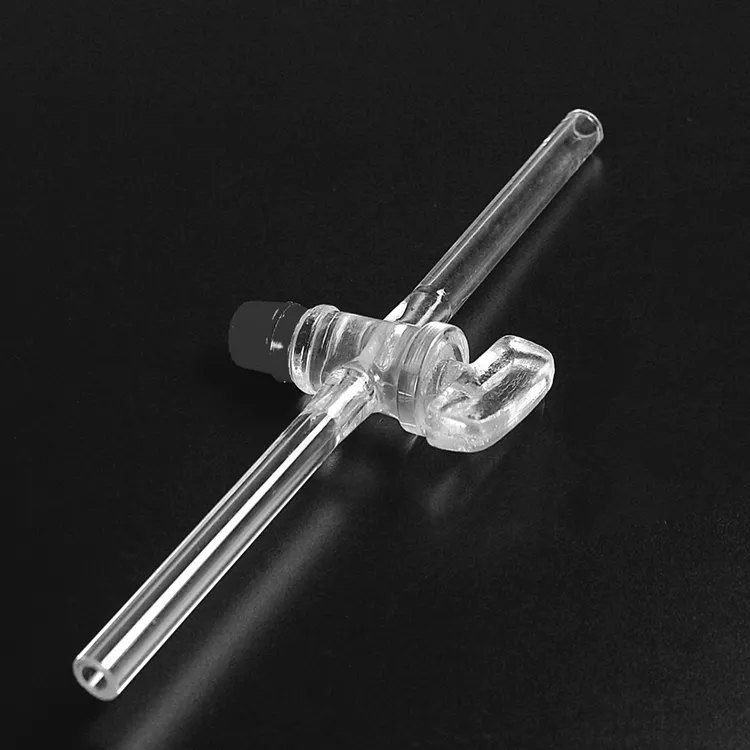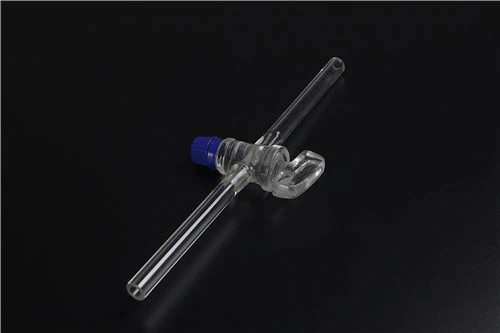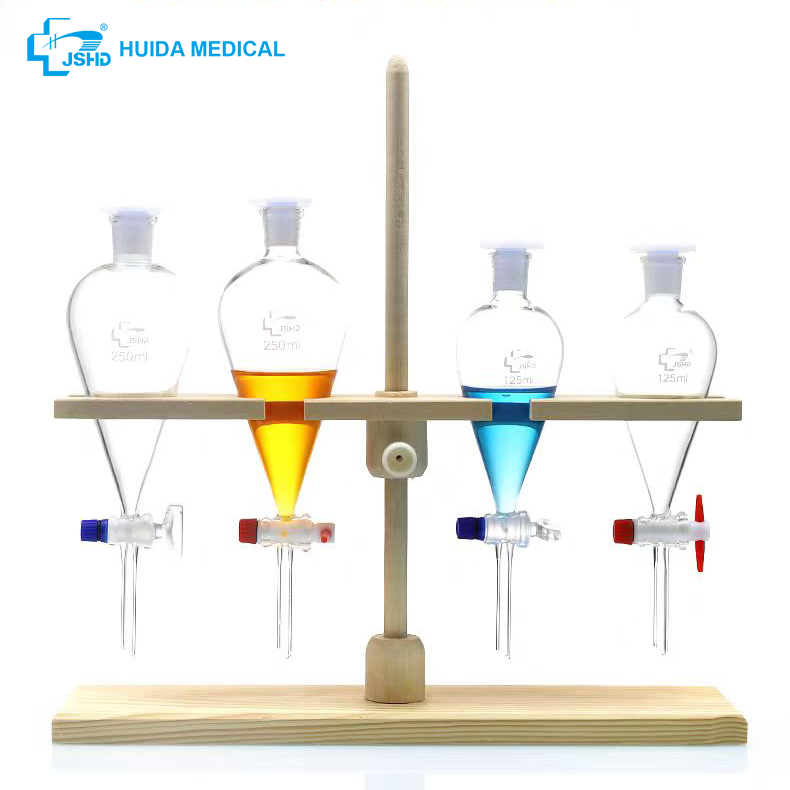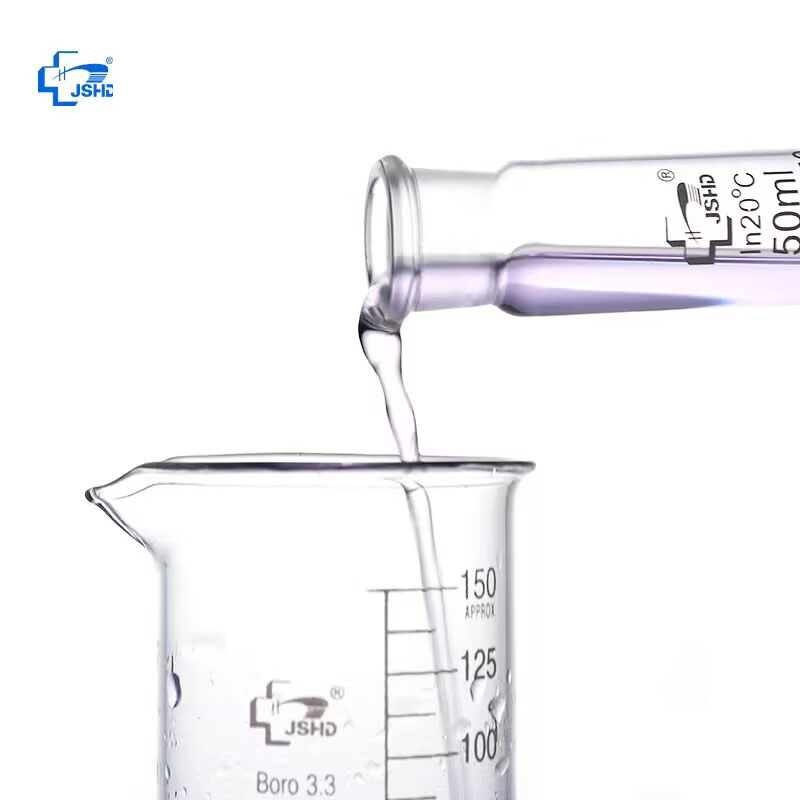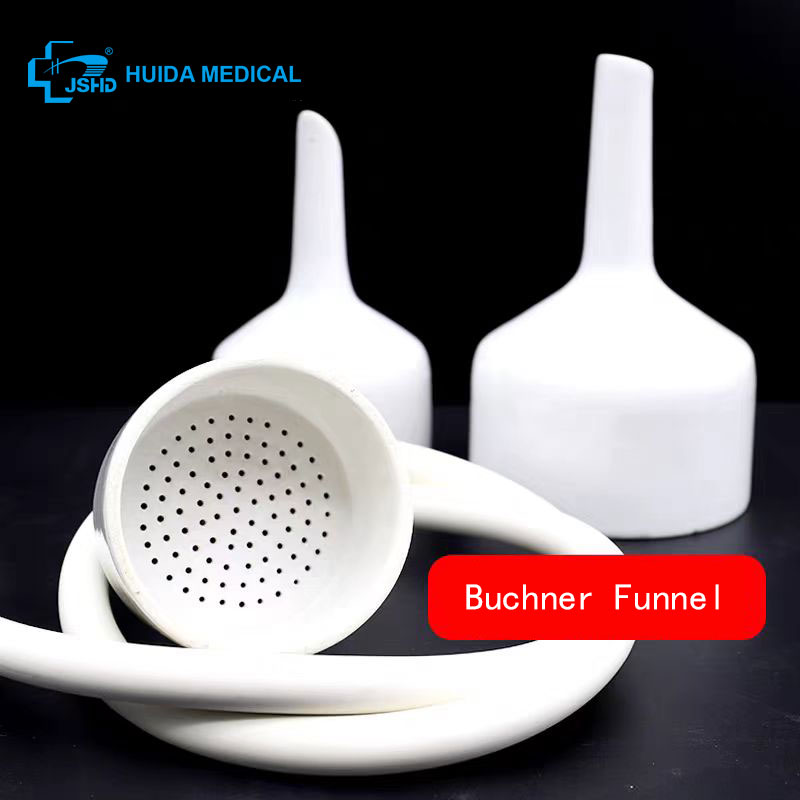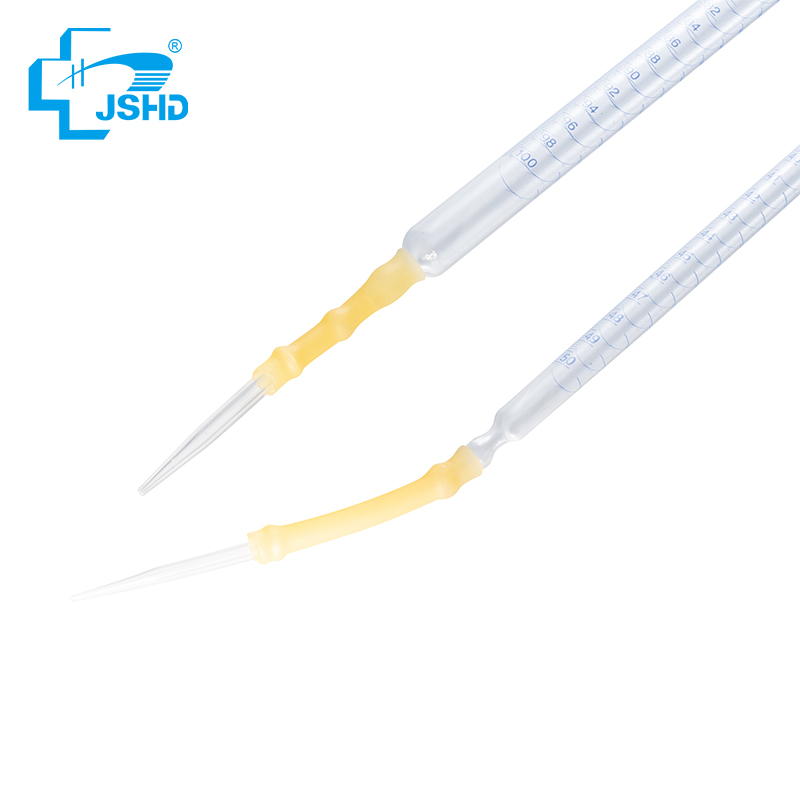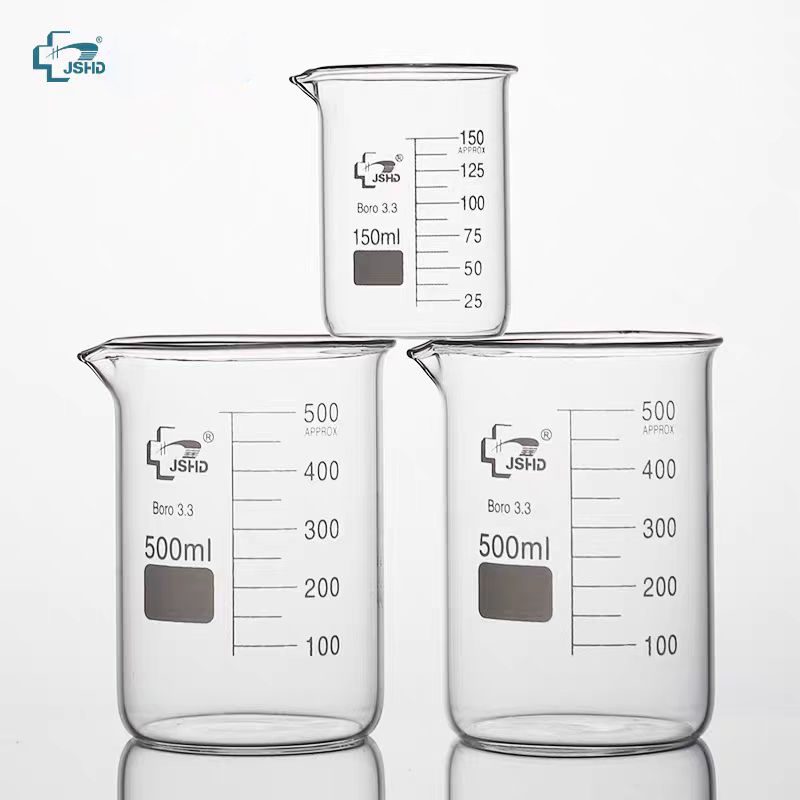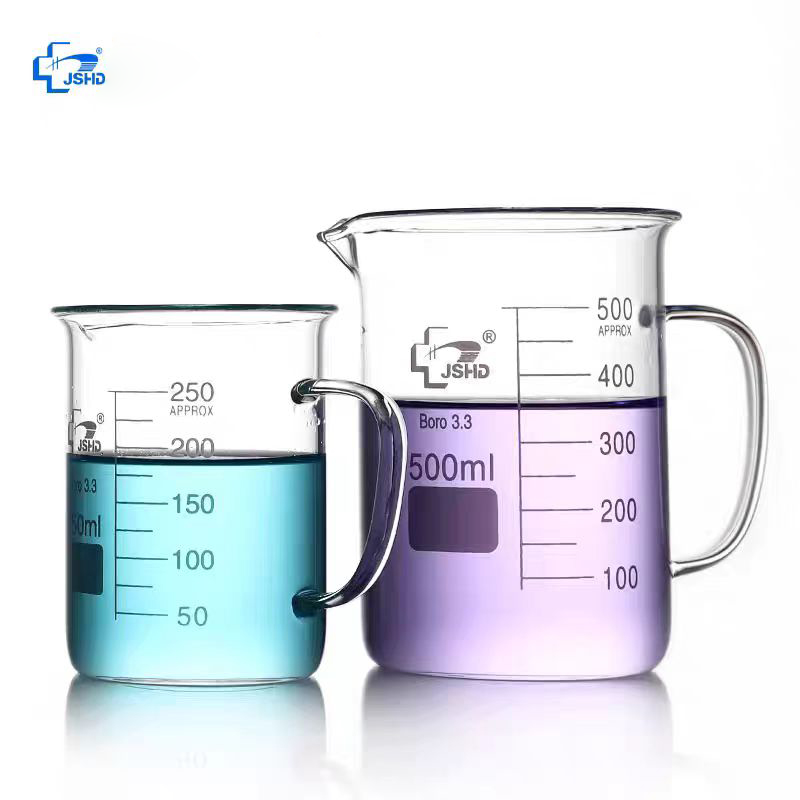Welcome To Huida
Stopcocks
PTFE Stopcock For Precise Flow Control
This straight-bore, bi-directional PTFE/Glass stopcock is a must-have in the lab, designed for precise fluid control in harsh environments. The stopcock features a durable PTFE (Teflon) valve core and glass body for chemical resistance, thermal stability, and leak-free performance. It is ideal for medical, chemical, and biological laboratories, ensuring precision in reagent handling, distillation, and vacuum applications.
Specification Of Stopcocks
Bore of Core (mm) | Outer Diameter of Side Arm (mm) | Length of Side Arm (mm) |
2 | 8 | 120 |
4 | 8 | 120 |
6 | 10 | 120 |
8 | 12 | 120 |
10 | 14 | 120 |
12 | 17 | 120 |
Features Of Stopcock Medical
● Material Advantages: PTFE valve core resists aggressive chemicals (acids, solvents); glass body ensures clarity and inertness.
● Precision Engineering: Straight-bore design minimizes dead volume for precise flow control.
● Standardized Dimensions: Compatible with most lab equipment (see table below).
● Reusable and Autoclavable: Saves costs and ensures sterility in medical applications.
Applications Of PTFE Stopcock
● Chemical Labs: Control of corrosive reagents in titrations or synthesis.
● Biotech/Pharmaceuticals: Sterile liquid delivery in cell culture or chromatography.
● Medical Use: IV lines or vacuum systems requiring a leak-proof seal.
Instructions Of PTFE
● Gently lubricate the PTFE tubing (silicone grease can be used for high vacuum).
● Install the side arm onto the tubing/equipment; align the bore.
● Smoothly rotate the handle to adjust the flow.
Why Choose Jiangsu Huida?
Jiangsu Huida's medical stopcock products are ISO certified and undergo strict quality control to ensure zero defects. Our PTFE/glass combination material outperforms plastic alternatives in durability and chemical resistance. With more than 10 years of experience in labware manufacturing, we offer:
● Customizable specifications (e.g. bore size).
● Bulk discounts available for institutional buyers.
● Worldwide shipping with traceable logistics.
FAQ
1.How do I clean a PTFE stopcock after exposure to chemicals?
Rinse with a compatible solvent (e.g. acetone for organics) and autoclave as needed.
2.Can this stopcock withstand high pressure applications?
Yes, but please check the ID size - the smaller the ID (2-6 mm), the more pressure it can withstand.
3.What is the difference between a PTFE plug valve and a glass plug valve?
PTFE plugs are chemically resistant; all-glass plug valves are fragile but extremely inert.
Products categories
WHY CHOOSE US
Since its establishment, our factory has been developing first world
class products with adhering the principle
of quality first. Our products have gained excellent reputation in the industry and
valuabletrusty among new and old customers..

